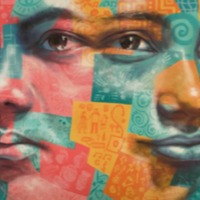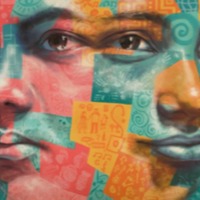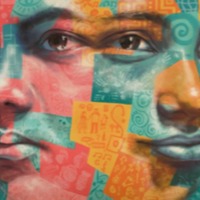
Irina V.
Irina V. was trafficked into Germany from Russia, where traffickers abduct an estimated 55,000 women each year. She was taken along the so-called “Eastern Route” through Poland. This is a key overland corridor for trafficking women into the EU from Russia, Ukraine, Romania, and the Baltics. Her narrative grapples with the fact that her enslavers “continue to traffic women” and also outlines a more practical problem. Upon her escape, she “began a long, terrible process of multiple questionings and misunderstandings,” was placed in prison for three months, and only received assistance from an NGO.

Aye
Aye grew up in rural Thailand but was trafficked to Japan to work in a Tokyo bar with other Thai women who were forced to entertain and have sex with customers. She was told she owed a large debt to the traffickers and the women were not free to leave. Aye managed to escape only after being arrested by police for violating visa restrictions and deported home to Thailand, where she returned to rural life. Thailand is not only a source of men, women and children who are taken into slavery in other countries, but also functions as a transit and destination for the purposes of commercial sexual exploitation and forced labor. Four key sectors of the Thai economy (fishing, construction, commercial agriculture, and domestic work) rely heavily on undocumented Burmese migrants, including children, as cheap and exploitable laborers.

Amasya
Born in Armenia but unable to find work there, Amasya was trafficked to Turkey, where victims also arrive from Ukraine and Moldova, and manipulated into a situation of prostitution. As well as Turkey and the UAE, Armenian women and girls are trafficked for sexual exploitation to Russia, Greece, and other European countries. It is estimated that 480,000 people are living in slavery in Turkey. The Turkish government significantly increased its law enforcement response in 2007 by convicting and punishing more traffickers. However, there is a lack of secure and consistent government support for trafficking shelters, hindering Turkey’s anti-trafficking efforts.